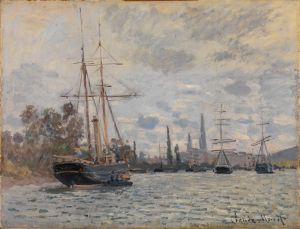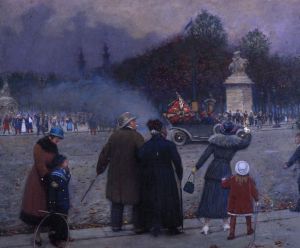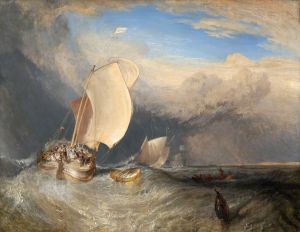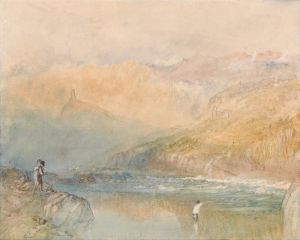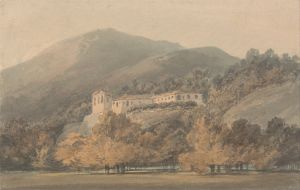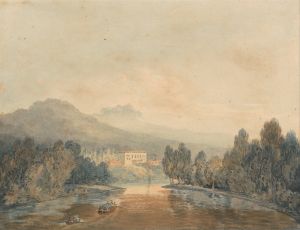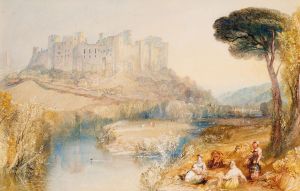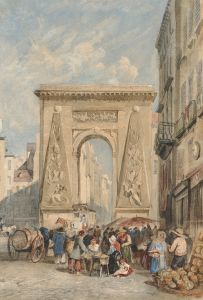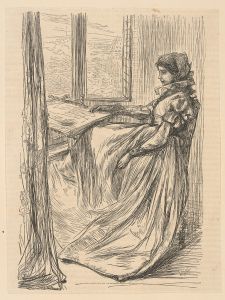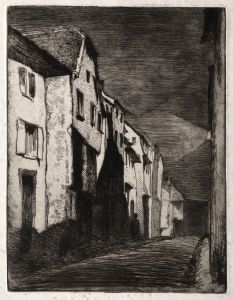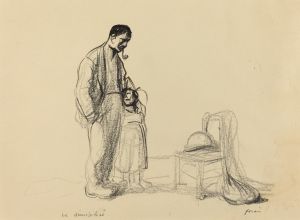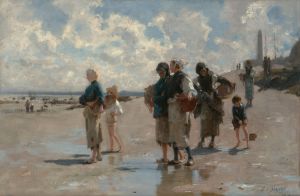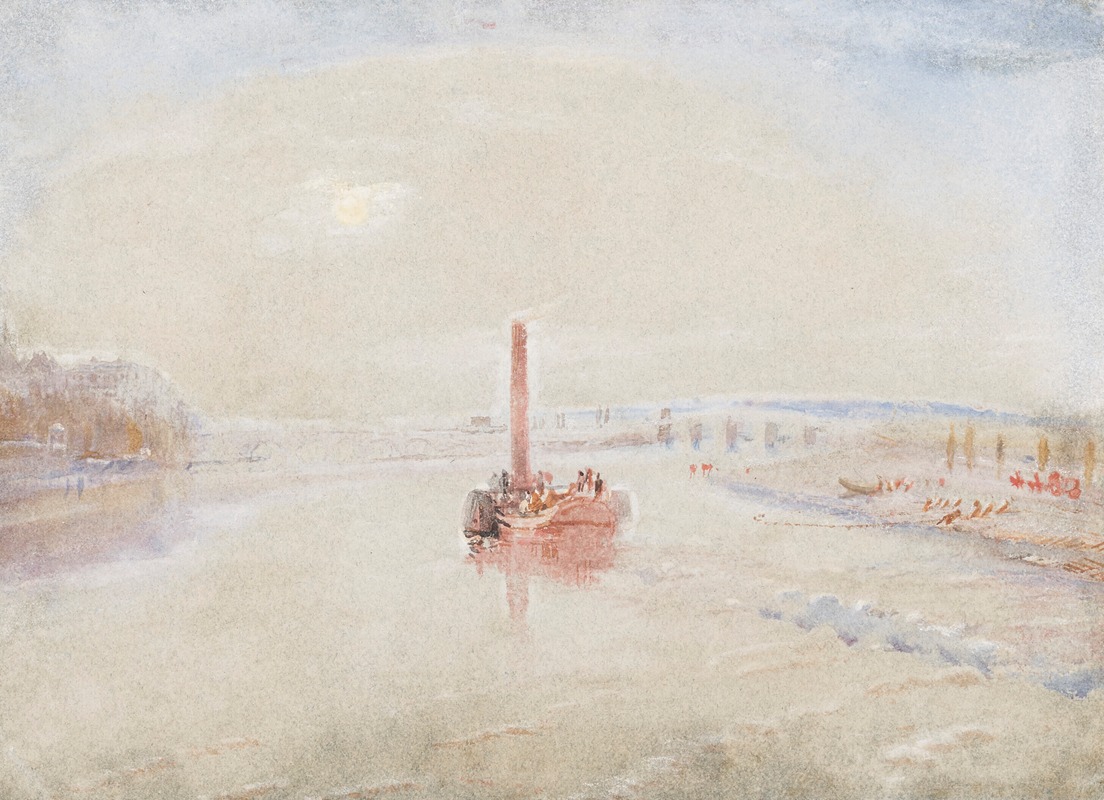
The Confluence of the Seine and the Marne at Charenton, France
A hand-painted replica of Joseph Mallord William Turner’s masterpiece The Confluence of the Seine and the Marne at Charenton, France, meticulously crafted by professional artists to capture the true essence of the original. Each piece is created with museum-quality canvas and rare mineral pigments, carefully painted by experienced artists with delicate brushstrokes and rich, layered colors to perfectly recreate the texture of the original artwork. Unlike machine-printed reproductions, this hand-painted version brings the painting to life, infused with the artist’s emotions and skill in every stroke. Whether for personal collection or home decoration, it instantly elevates the artistic atmosphere of any space.
Joseph Mallord William Turner, an eminent British artist known for his expressive colorization, imaginative landscapes, and turbulent marine paintings, created "The Confluence of the Seine and the Marne at Charenton, France." This artwork is a testament to Turner's fascination with the interplay of natural elements and his ability to capture the essence of a location through his unique artistic lens.
Turner was born in 1775 in London and became one of the most celebrated figures in the Romantic movement. His works are renowned for their vibrant color palette and innovative use of light, which often evoke a sense of the sublime. Throughout his career, Turner traveled extensively across Europe, drawing inspiration from the diverse landscapes he encountered. His travels in France, particularly, provided a wealth of material for his paintings.
"The Confluence of the Seine and the Marne at Charenton, France" is one such piece that reflects Turner's engagement with the French landscape. Charenton, located near Paris, is where the Seine and Marne rivers meet, creating a picturesque confluence that has attracted artists and visitors alike. This setting offered Turner the opportunity to explore the dynamic interaction between water and light, a recurring theme in his oeuvre.
In this painting, Turner employs his characteristic style, using loose brushwork and a rich color palette to convey the atmospheric conditions of the scene. The merging of the two rivers is depicted with a sense of movement and fluidity, capturing the natural beauty and tranquility of the location. Turner's use of light is particularly notable, as he skillfully renders the reflections on the water's surface and the play of sunlight filtering through the clouds.
The painting is also indicative of Turner's ability to blend realism with a more abstract, emotional interpretation of the landscape. While the geographical features of Charenton are recognizable, Turner imbues the scene with a dreamlike quality, inviting viewers to experience the landscape not just visually, but emotionally. This approach aligns with the Romantic ideals of the time, which emphasized the power of nature and the artist's emotional response to it.
Turner's work, including this painting, has had a lasting impact on the art world, influencing subsequent generations of artists. His innovative techniques and visionary approach to landscape painting paved the way for later movements, such as Impressionism, which further explored the effects of light and color.
"The Confluence of the Seine and the Marne at Charenton, France" remains a significant example of Turner's mastery in capturing the essence of a place through his unique artistic vision. It reflects his deep appreciation for the natural world and his ability to convey its beauty and complexity through his art. This painting, like many of Turner's works, continues to be celebrated for its contribution to the development of landscape painting and its enduring appeal to art enthusiasts around the world.





